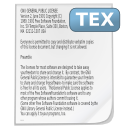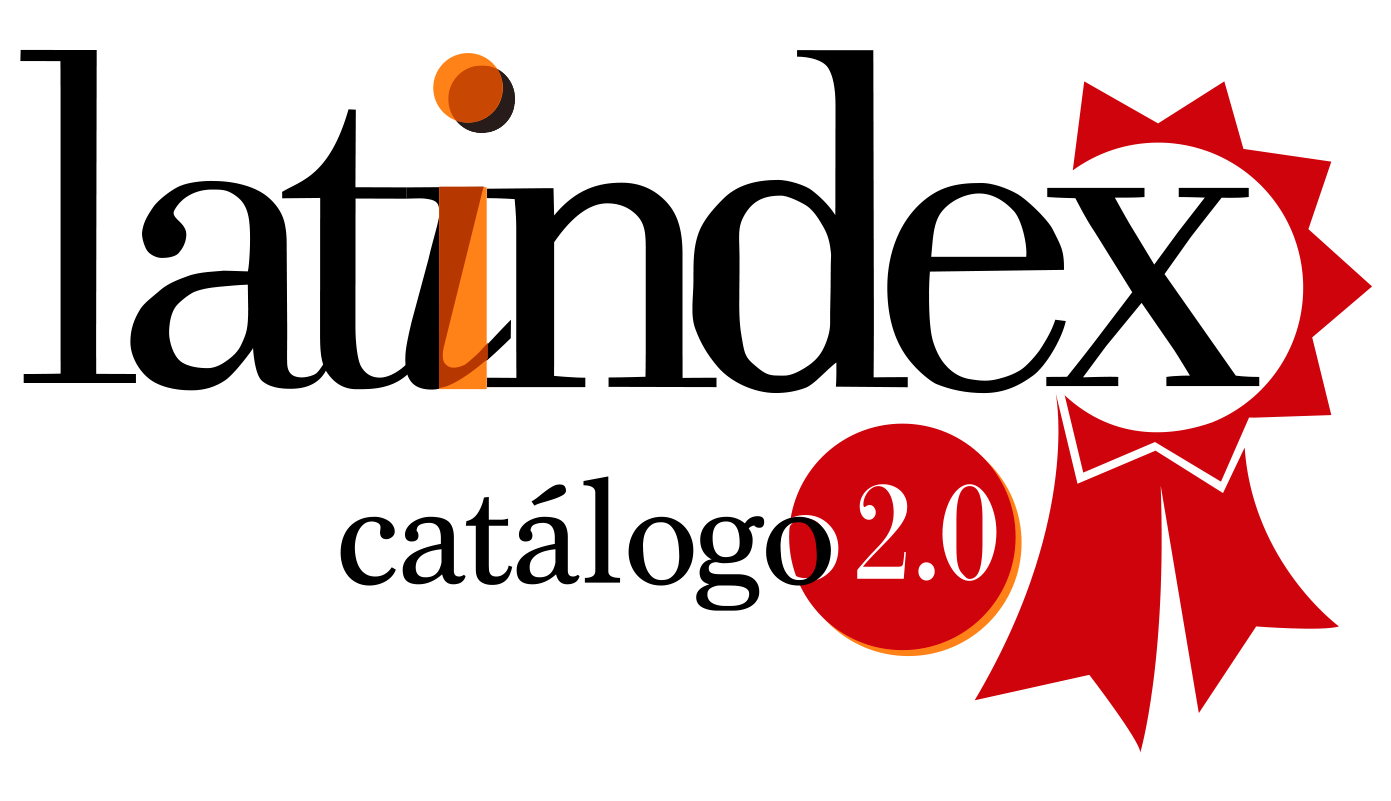Sentiment analysis on Twitter in relation to AI technology for image generation
Abstract
Advances in artificial intelligence (AI) technology have led to significant improvements in image generation in terms of speed and quality. However, it has generated concern and uncertainty among artists, who fear being replaced by AI in their field of work. In this context, the objective was to analyse Tweets defining the impact of artificial intelligence (AI) on the adoption of imaging technologies. For this purpose, the collection, creation and evaluation of a convolutional neural network that classifies the data according to a sentiment analysis between positive and negative was carried out. Finally, the research determined the loss rate of 63%, the accuracy with 61% and the ROC curve around 64% of a convolutional neural network for predicting Tweets.
Downloads
References
Kalluri, S (2023). Deep Learning Based Sentiment Analysis. Faculty of Faculty, Blekinge Institute of Technology, Karlskrona,Sweden. https://www.diva-portal.org/smash/get/diva2:1741487/FULLTEXT02.pdf
Paredes-Valverde, M. A., Colomo-Palacios, R., Salas-Zárate, M. D. P. & Valencia-García, R. (2017). Sentiment Analysis in Spanish for Improvement of Products and Services: A Deep Learning Approach. Scientific Programming, 2017. https://doi.org/10.1155/2017/1329281 DOI: https://doi.org/10.1155/2017/1329281
T. Mikolov, I. Sutskever, K. Chen, G. Corrado, and J. Dean, "Distributed representations of words and phrases and their compositionality," in Proceedings of the 27th Annual Conference on Neural Information Processing Systems (NIPS '13), pp. 3111-3119, December 2013.
A. Severyn and A. Moschitti, "UNITN: training deep convolutional neural network for twitter sentiment classification," in Proceedings of the 9th International Workshop on Semantic Evaluation (SemEval '15), pp. 464-469, 2015.
A. Severyn and A. Moschitti, "UNITN: training deep convolutional neural network for twitter sentiment classification," in Proceedings of the 9th International Workshop on Semantic Evaluation (SemEval '15), pp. 464-469, 2015. DOI: https://doi.org/10.18653/v1/S15-2079
A. Zhang, L.; Wang, S.; Liu, B. Deep learning for sentiment analysis: A survey. WIREs Data Min. Knowl. Discov. 2018, 8, e1253.
Kraus, M.; Feuerriegel, S. Sentiment analysis based on rhetorical structure theory: Learning deep neural networks from discourse trees. Expert Syst. Appl. 2019, 118, 65-79. DOI: https://doi.org/10.1016/j.eswa.2018.10.002
Ain, Q.T.; Ali, M.; Riaz, A.; Noureen, A.; Kamran, M.; Hayat, B.; Rehman, A. Sentiment analysis using deep learning techniques: A review. Int. J. Adv. Comput.Sci. Appl. 2017, 8, 424 DOI: https://doi.org/10.14569/IJACSA.2017.080657
N. F. F. Da Silva, E. R. Hruschka, and E. R. Hruschka, "Tweet sentiment analysis with classifier ensembles," Decision Support Systems, vol. 66, pp. 170-179, 2014. DOI: https://doi.org/10.1016/j.dss.2014.07.003
T. Mikolov, I. Sutskever, K. Chen, G. Corrado, and J. Dean, "Distributed representations of words and phrases and their compositionality," in Proceedings of the 27th Annual Conference on Neural Information Processing Systems (NIPS '13), pp. 3111- 3119, December 2013.
Britz, D. Recurrent Neural Networks Tutorial, Part 1-Introduction to Rnns. https://dennybritz.com/posts/wildml/recurrent-neural-networks-tutorial-part-1/
M. del Pilar Salas-Zarate, M. A. Paredes-Valverde, J. Limon- ´ Romero, D. Tlapa, and Y. Baez-Lopez, "Sentiment classification of Spanish reviews: an approach based on feature selection and machine learning methods," Journal of Universal Computer Science, vol. 22, no. 5, pp. 691-708, 2016.
P. Smith and M. Lee, "Cross-discourse development of supervised sentiment analysis in the clinical domain," in Proceedings of the 3rd Workshop in Computational Approaches to Subjectivity and Sentiment Analysis, pp. 79-83, 2012.
Mikolov, Tomas, Kai Chen, Greg Corrado, and Jeffrey Dean. "Efficient estimation of word representations in vector space." arXiv preprint arXiv: 1301.3781 (2013). https://doi.org/10.1145/3388218.3388229 DOI: https://doi.org/10.1145/3388218.3388229
Djoerd Hiemstra. 2000. A probabilistic justification for using tf× idf term weighting in information retrieval. International Journal on Digital Libraries 3, 2 (2000), 131-139. DOI: https://doi.org/10.1007/s007999900025
M. Cliche, "BB twtr at SemEval-2017 Task 4: Twitter Sentiment Analysis with CNNs and LSTMs," Apr. 2017. DOI: https://doi.org/10.18653/v1/S17-2094
M. D. P. Salas-Zarate, R. Valencia-Garc ´ ´?a, A. Ruiz-Mart´?nez, and R. Colomo-Palacios, "Feature-based opinion mining in financial news: an ontology-driven approach," Journal of Information Science, 2016. DOI: https://doi.org/10.1177/0165551516645528
Z. Wang, H. Wang, Z. Liu & J. Liu, "Rolling Bearing Fault Diagnosis
Using CNN-based Attention Modules and Gated Recurrent Unit", Global Reliability and Prognostics and Health Management 7(2020) 6.
Umarania, V., Juliana, A., & Deepab, J. (2023). Sentiment Analysis using various Machine Learning and Deep Learning Techniques. Journal of Computational Intelligence, 7(3), 245-260. https://doi.org/10.46481/jnsps.2021.308 DOI: https://doi.org/10.46481/jnsps.2021.308
S. Md and S. Krishnamoorthy, "Student performance prediction, risk analysis, and feedback based on context-bound cognitive skill scores,"Educ. Inf. Technol., vol. 27, no. 3, pp. 3981-4005, 2022, doi: 10.1007/s10639-021-10738-2. DOI: https://doi.org/10.1007/s10639-021-10738-2
D. Tang, F. Wei, B. Qin, T. Liu, and M. Zhou, "Coooolll: A Deep Learning System for Twitter Sentiment Classification," in Proceedings of the 8th International Workshop on Semantic Evaluation (SemEval '14), pp. 208-212, Dublin, Ireland, 2014. DOI: https://doi.org/10.3115/v1/S14-2033
Bhavitha, B.; Rodrigues, A.P.; Chiplunkar, N.N. Comparative study of machine learning techniques in sentimental analysis. In Proceedings of the 2017 International Conference on Inventive Communication and Computational Technologies (ICICCT), Coimbatore, India, 10-11 March 2017; pp. 216-221. DOI: https://doi.org/10.1109/ICICCT.2017.7975191
Zhang, L.; Wang, S.; Liu, B. Deep learning for sentiment analysis: A survey. WIREs Data Min. Knowl. Discov. 2018, 8, e1253. DOI: https://doi.org/10.1002/widm.1253
Sohangir, S.; Wang, D.; Pomeranets, A.; Khoshgoftaar, T.M. Big Data: Deep Learning for financial sentiment analysis. J. Big Data 2018, 5, 3 DOI: https://doi.org/10.1186/s40537-017-0111-6
D. Britz, "Understanding Convolutional neural networks for NLP," in WildML, WildML. http://www.wildml.com/2015/11/understanding-convolutional-neural-networks-for-nlp/
Copyright (c) 2024 Innovation and Software

This work is licensed under a Creative Commons Attribution 4.0 International License.
The authors exclusively grant the right to publish their article to the Innovation and Software Journal, which may formally edit or modify the approved text to comply with their own editorial standards and with universal grammatical standards, prior to publication; Likewise, our journal may translate the approved manuscripts into as many languages as it deems necessary and disseminates them in several countries, always giving public recognition to the author or authors of the research.
























